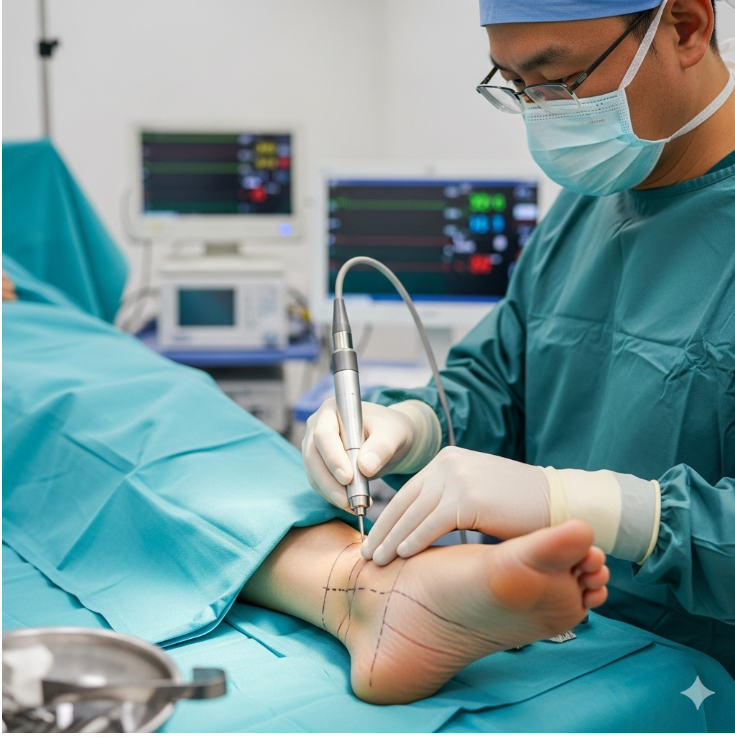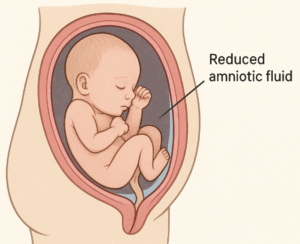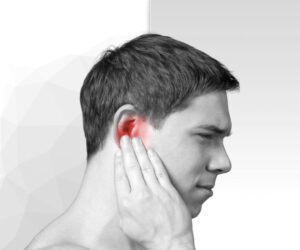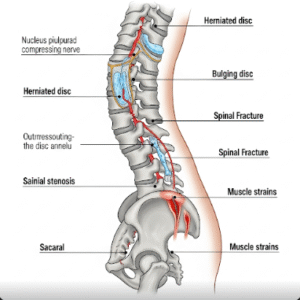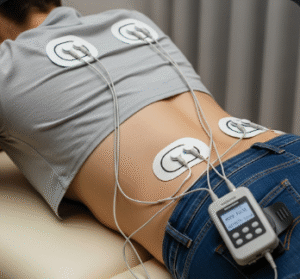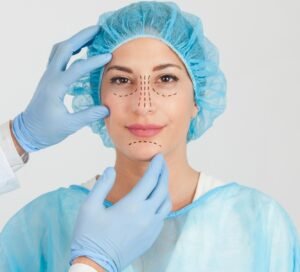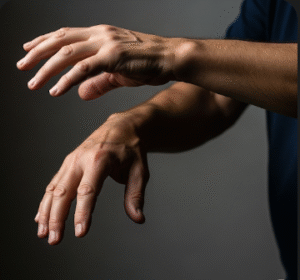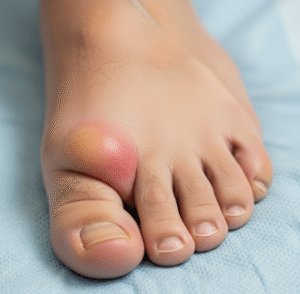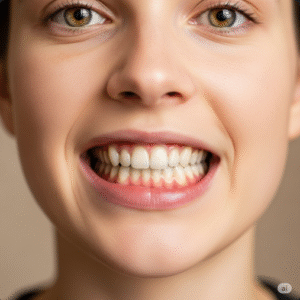What It Is
Ankle contouring is a cosmetic procedure that reshapes and slims the ankle area to create a more elegant and defined transition between the calves and feet. This treatment addresses issues such as thick, undefined ankles (“cankles”) caused by genetics, excess fat, or poorly defined muscle structure.
The procedure can involve liposuction, selective fat removal, or muscle/soft tissue modification depending on the patient’s anatomy. In Korea, ankle contouring is often combined with calf reduction or calf liposuction for balanced lower leg proportions.
Why It’s Done
Patients choose ankle contouring because:
- They feel their ankles are too thick or lack definition compared to the rest of the legs.
- Clothing such as skirts, dresses, and slim-fit pants highlight ankle bulkiness.
- They want a more refined, feminine and graceful leg profile.
- Exercise and weight loss have not improved the ankle shape due to genetics.
Good candidates include:
- Men and women with stubborn ankle fat or bulky lower legs.
- Patients in good health at or near their ideal body weight.
- Individuals with realistic expectations for results.
Alternatives
- Liposuction alone: For patients whose ankle bulkiness is mainly due to fat accumulation.
- Non-surgical fat reduction: Cryolipolysis (fat freezing) or radiofrequency treatments may help in mild cases but results are limited.
- Calf reduction surgery: May be combined if calf thickness also contributes to poor leg proportions.
Preparation
Before undergoing ankle contouring in Korea, patients will:
- Have a consultation to evaluate fat distribution, muscle structure, and skin elasticity.
- Undergo medical testing including bloodwork.
- Stop smoking and alcohol at least 4 weeks prior to surgery.
- Avoid medications and supplements that increase bleeding.
- Arrange for at least 1 week of recovery time with limited walking in the first few days.
How It’s Done
- Anesthesia: Usually performed under local anesthesia with sedation or general anesthesia depending on the extent.
- Incisions: Small incisions are placed in natural folds near the ankle bone.
- Fat removal: Liposuction is commonly used to remove localized fat deposits.
- Tissue contouring: In some cases, selective soft tissue sculpting may be done to refine shape.
- Combination procedures: Often paired with calf liposuction or reduction for full lower-leg reshaping.
- Duration: 1–2 hours, typically as an outpatient procedure.
Recovery
- First week: Swelling, bruising, and mild pain around the ankles are common. Walking is encouraged but should be limited initially.
- Compression garment: Elastic bandages or compression garments are worn for 4–6 weeks.
- Return to work: Most patients resume light duties after 5–7 days.
- Exercise: Light activity resumes after 2 weeks; strenuous lower-body exercise should wait 4–6 weeks.
- Final results: Visible once swelling subsides, with final contour settling after 3–6 months.
Possible Complications
- Bruising, swelling, or temporary numbness around the ankles.
- Irregularities in contour if fat removal is uneven.
- Prolonged swelling due to delicate circulation in the lower legs.
- Rare but serious risks: infection, delayed wound healing, or asymmetry.
Treatment Options in Korea
Diagnosis
Korean surgeons carefully assess ankle size, fat deposits, and calf-to-ankle proportion. 3D imaging may be used to simulate post-surgery results and plan sculpting.
Medical Treatments
For mild ankle bulkiness, non-surgical fat reduction methods such as cryolipolysis or injection lipolysis may be offered, though they are less effective than surgery.
Surgical or Advanced Therapies
- Ankle liposuction for patients with fat-based bulkiness.
- Comprehensive ankle contouring involving tissue sculpting for more refined shaping.
- Combined procedures with calf reduction or liposuction for balanced proportions.
Rehabilitation and Support
- Regular follow-up visits to check swelling, symmetry, and scar healing.
- Scar management with silicone gels or laser treatments.
- Lymphatic drainage massage to reduce swelling and promote circulation.
- International clinics in Korea provide multilingual aftercare services for overseas patients.

